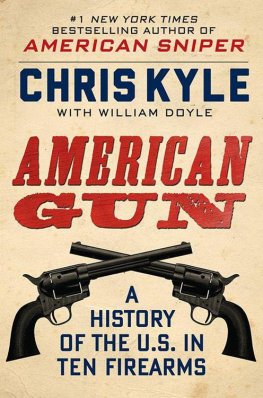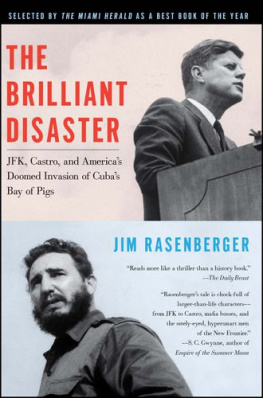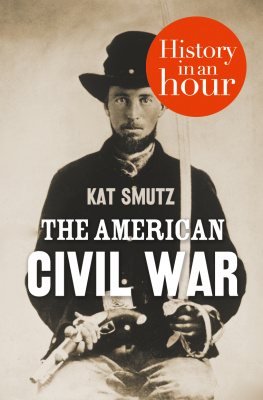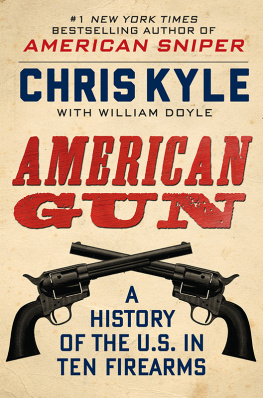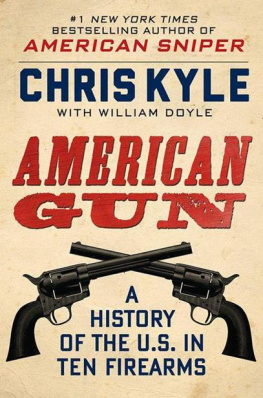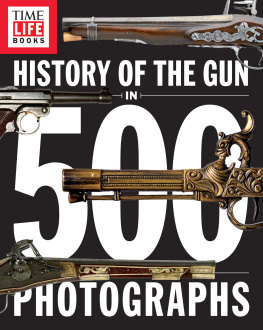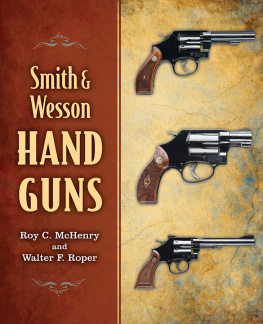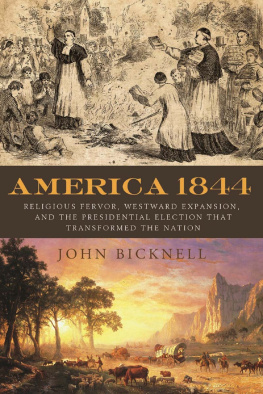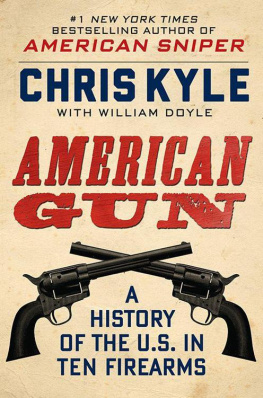Contents
Guide
Pagebreaks of the print version

The author and publisher have provided this e-book to you for your personal use only. You may not make this e-book publicly available in any way. Copyright infringement is against the law. If you believe the copy of this e-book you are reading infringes on the authors copyright, please notify the publisher at: us.macmillanusa.com/piracy.
This book is dedicated to Deborah and Howard Chasanow, who by their examples showed me that high intellect, hard work, honor, and kindness can reside together comfortably in the same person.
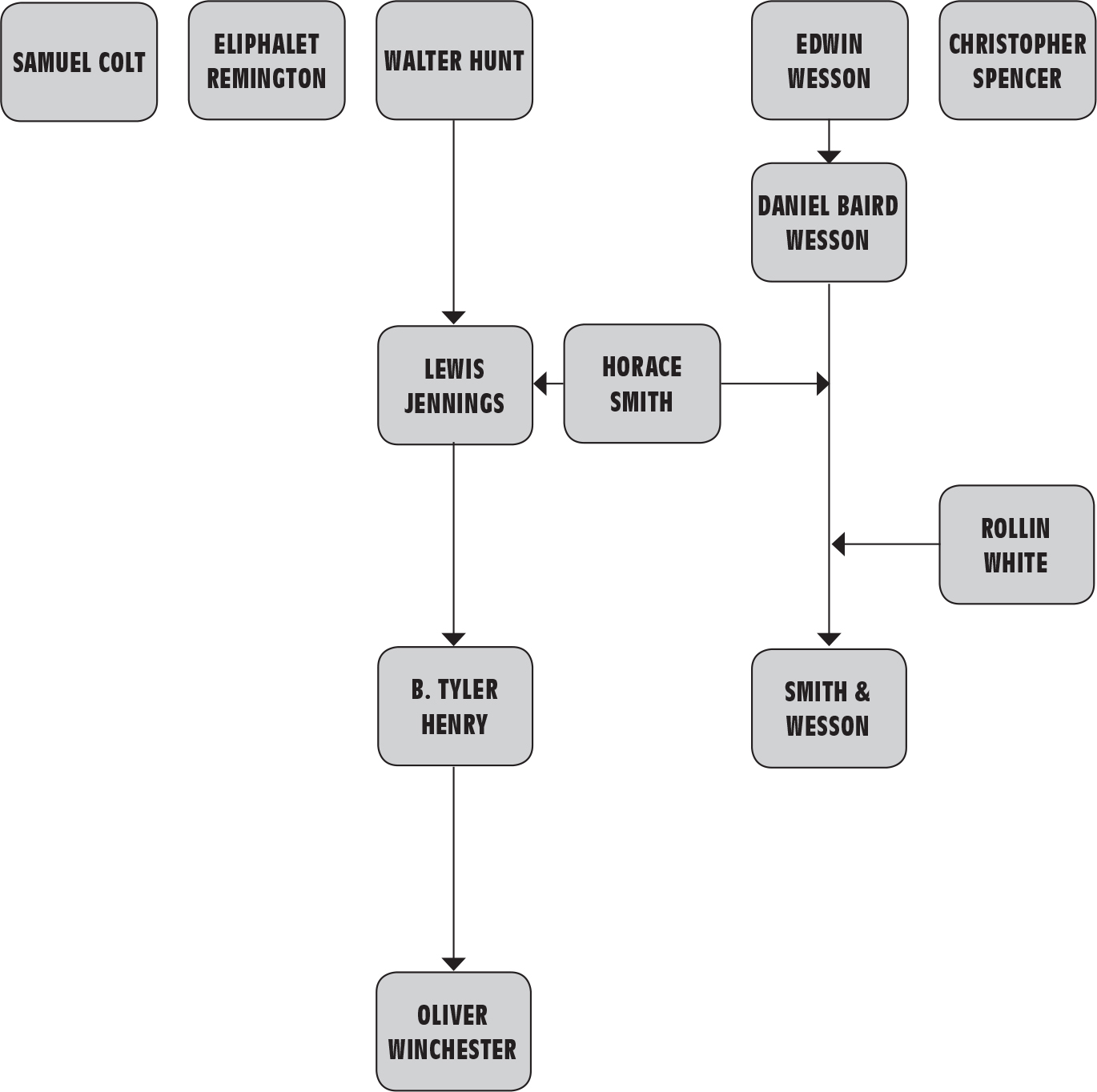
Americans love their guns. Hate them, too.
They are on our hips, in our bedside drawers, welded to our psyche and our language. Our conversations are peppered with gun metaphors: We set our sights, take a long shot, look for a silver bullet, are straight shooters, shoot from the hip, and go off half-cocked. We ride shotgun, sweat bullets, and keep our powder dry. We stick to our guns.
They dwell in our soul. Before its founding the United States was a land where individuals owned and used guns, which became badges of civic responsibility and manhood, summoned in defense of self and community. Gun owning was so common in colonial America, two legal researchers wrote, that any claim that eighteenth-century America did not have a gun culture is implausible, just as one could not plausibly claim that early Americans did not have a culture of reading or wearing clothes. In the arms-bearing society of young New England, only the truly poor could not acquire weaponry. And the right to hunt belonged to all, not just to the landed aristocracy; this was not so in old Europe.
The American Revolution fused fiery notions of liberty with ownership of guns. Enlistment posters designed to entice men into becoming soldiers willing to challenge the worlds greatest empire fed a growing spirit of independence. In the decades after the United States was born, a mix of national pride, historic reality, and abundant myth cemented gun possession as part of the American character that remained virtually unchallenged through the years following World War II, when entertainment media celebrated the glamorous, well-armed cowboy and stirred millions of children, mostly boys, to carry toy six-guns in hip-hugging holsters.
As long as human beings have used tools, weapons have been those of foremost importance. They have provided food and protection since the formation of the earliest social units. For centuries firearms have been the most effective weapons individuals can wield. Guns have implemented both the highest and the basest goals of humanityto enforce or defy the law, to defend or acquire territory and treasure, and to liberate or enslave.
Today notions of gun ownership have changed. The frontier is no longer. An armed citizenry is seen by many as not only unnecessary to the nations survival but a threat to domestic peace. Now guns are at the root of an increasingly fierce debate over who we are as a country and what we believe. They galvanize and polarize us. While they remain touchstones of freedom to some, to others they are objects of loathing. Some museum curators refused to add modern firearms to their displays. [T]hey have bad karma, explained Dorothy Globus, curator at the Museum of Arts and Design in New York. Arthur Drexler, head of the Museum of Modern Arts Architecture and Design Department, was more explicit. Shortly before his retirement in 1986, he wrote: Deadly weapons are among the most fascinating and well-designed artifacts of our time, but their beauty can be cherished only by those for whom aesthetic pleasure is divorced from the value of lifea mode of perception the arts are not meant to encourage.
Love them or hate them, guns are out there in the United States, perhaps four hundred million of them in private hands. Many bear the names Colt, Winchester, Remington, and Smith & Wesson, which have become synonymous with American guns. But who were the men behind these names? They were more than just keen inventors and wily businessmen. They were among the founding fathers of American industry. They were visionaries, inspired by the pioneering spirit of their young nation, who ushered in an era of rapid-fire weaponry deadlier than the world had ever seen. By creating what some in the twenty-first century might call the assault weapons of their day, they also helped reunite a country divided while contributing to the bloodshed that reunification required. And they nurtured in the general public the seed of gun devotionsome would say obsessionthat would divide the country again more than a century later. They drew on a unique brand of American individualismpart fiction, part realitythat promoted their wares to both soldier and Everyman while forming the foundation of modern gun culture. In the process these larger-than-life individuals who peddled their names as well as their products furthered a legacy of citizens venerating personal weaponry on the altar of their being, with liberty forged into the metal of the guns they possess.
Unlike their predecessorsgun craftsmen who toiled in small shops for comparatively meager rewardsthese men became industrial titans. They were the first Americans whose vast fortunes came from making firearms. Even the innovators whose creations furthered the evolution of firepowersuch as John Hall, creator of a breech-loading flintlock rifle, and Simeon North, a pistol maker who designed one of the first milling machines and contributed to the development of machine-made interchangeable partsare all but forgotten except by firearms historians. Not so with Colt, Winchester, Smith, Wesson, and Remington. Those names resound today, infused with the romance, mystique, and legend of the American gun.
These gun barons did not rise to prominence alone. Surrounding them were people who abetted their ambitions, financed their ideas, set the stage for their successes, celebrated their inventions, or challenged them for supremacy. Yet many names in this supporting cast have drifted into obscurity. Few today know who Rollin White was, though an idea he patented allowed Smith & Wesson to become dominant gunmakers. Walter Hunts concept for a repeating gun was the ancestor of the Winchester lever-action rifle, though he could never put his into production. And while irrepressible Yankee inventor Christopher Miner Spencers repeating rifle successfully challenged Winchesters in the marketplace and contributed to Union victory in the Civil War, the company bearing his name disappeared during peacetime, its name relegated to the past. Without Texas Ranger Samuel H. Walkers help in improving a revolver enough so that the US government bought it for combat service in the Mexican-American War, Samuel Colt might not have risen from the failure he had earned.
The founding fathers of American gun empires lived at the right time. Free of tyranny and drunk on possibility, the United States barreled into the mid-nineteenth century with a sense of conquest and creativity. On individual farms, in urban alleys, and on fresh trails leading westward, bold streaks of innovation ran through the entire young nation. It was an age of inventors, of tinkerers, of risk-takers. Thanks to Cyrus McCormicks reaper, agriculture became more efficient and more profitable. In the South, Eli Whitneys cotton gin enhanced plantation wealth and fed the demand for slaves. Samuel F. B. Morses telegraph made possible instant communication over great distance, a precious asset for a country poised to sprawl over a continent. The Erie Canal, by connecting the Great Lakes to the Hudson River, pulled the frontier closer to the Eastern seaboard. And in New England, Charles Goodyear, a hardware merchant who had spent time in jail for debts, created a process to keep rubber from melting in hot weather; his vulcanized product would be found in waterproof clothing, shoes, balls, life jackets, and eventually automobile tires, though he would die penniless. Canals and improved roadways and eventually railroads smoothed travel throughout the Northeast, juicing commerce and widening the marketplace. Agriculture remained the countrys economic and moral backbone, yet more and more people abandoned family farms for jobs in cities and factory towns. Their lives were similar to their rapidly evolving nation: youthful, bold, ambitious, full of hubris, on the move. Can-do was a cultural trait. American inventiveness surfaced everywhere.


